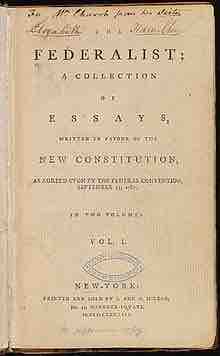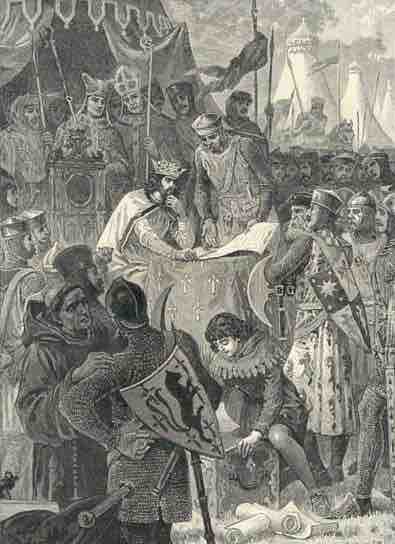Introduction
In a limited government, the power of government to intervene in the exercise of civil liberties is restricted by law, usually in a written constitution. It is a principle of classical liberalism, free market libertarianism, and some tendencies of liberalism and conservatism in the United States. The theory of limited government contrasts, for example, with the idea that government should intervene to promote equality and opportunity through regulation of property and wealth redistribution.
Limited Government in the United States
A constitutionally limited government is a system of government that is bound to certain principles of action by a state constitution. This system of government is dialectically opposed to pragmatism, on the basis that no state action can be made that conflicts with its constitution, regardless of the action's possible consequence. The United States of America, a constitutionally limited republic, is an example of a constitutionally limited government.
In the United States, as discussed in the Federalist Papers , the idea of limited government originally implied the notion of a separation of powers and the system of checks and balances promoted by the U.S. Constitution. This understanding of limited government maintains that government is internally limited by the system of checks and balances (as well as the Constitution itself, which can be amended), and externally through the republican principle of electoral accountability. Such an understanding of limited government, as explained by James Madison, does not place arbitrary and ideologically biased parameters on the actions of a government, thus allowing government to change as time demands.

The Federalist Papers
Title page of the first printing of the Federalist Papers.
Ninth and Tenth Amendments
In 1789, James Madison presented to the First United States Congress a series of ten amendments to the United States Constitution, today known as the Bill of Rights . After enumerating specific rights retained by the people in the first eight amendments, the Ninth Amendment and the Tenth Amendment summarily spelled out the principle of limited government. Together, these two last amendments clarify the differences between the enumerated rights of the people versus the expressly codified delegated powers of the federal government. The Ninth Amendment codified that the rights of the people do not have to be expressly written in the Constitution to still be retained by the people. Reversely, though, the Tenth Amendment codified that any delegated powers of the federal government are only authorized to be performed so long as such delegated powers are expressly delegated to the federal government specifically by the Constitution. Government can do some things and not others.
Bill of Rights
The First Amendment rights of free speech, freedom of association, and freedom of petition protect lobbying, including grassroots lobbying.
The Constitution limits the power of the government in several ways. It prohibits the government from directly interfering with certain key areas: conscience, expression, and association. Other actions are forbidden to the federal government and are reserved to state or local governments.
Differences with Other Doctrines
"Limited government" stands in contrast to the doctrine of the Divine Right of Kings, which states that the king, and by extension his entire government, held unlimited sovereignty over its subjects. Limited government exists where some effective limits restrict governmental power.
In Western civilization, the Magna Carta stands as the early exemplar of a document limiting the reach of the king's sovereignty. While its limits protected only a small portion of the English population, it did state that the king's barons possessed rights that they could assert against the king. The English Bill of Rights, associated with the Glorious Revolution of 1688, established limits of royal sovereignty. In contrast, and as stated above, the United States Constitution of 1787 created a government limited by the terms of the written document itself, by the election of the legislators and the executive by the people, and by the checks and balances through which the three branches of government limit each other's power.

John of England signs Magna Carta, published ca. 1902
John of England signs Magna Carta. Illustration from Cassell's History of England (1902).